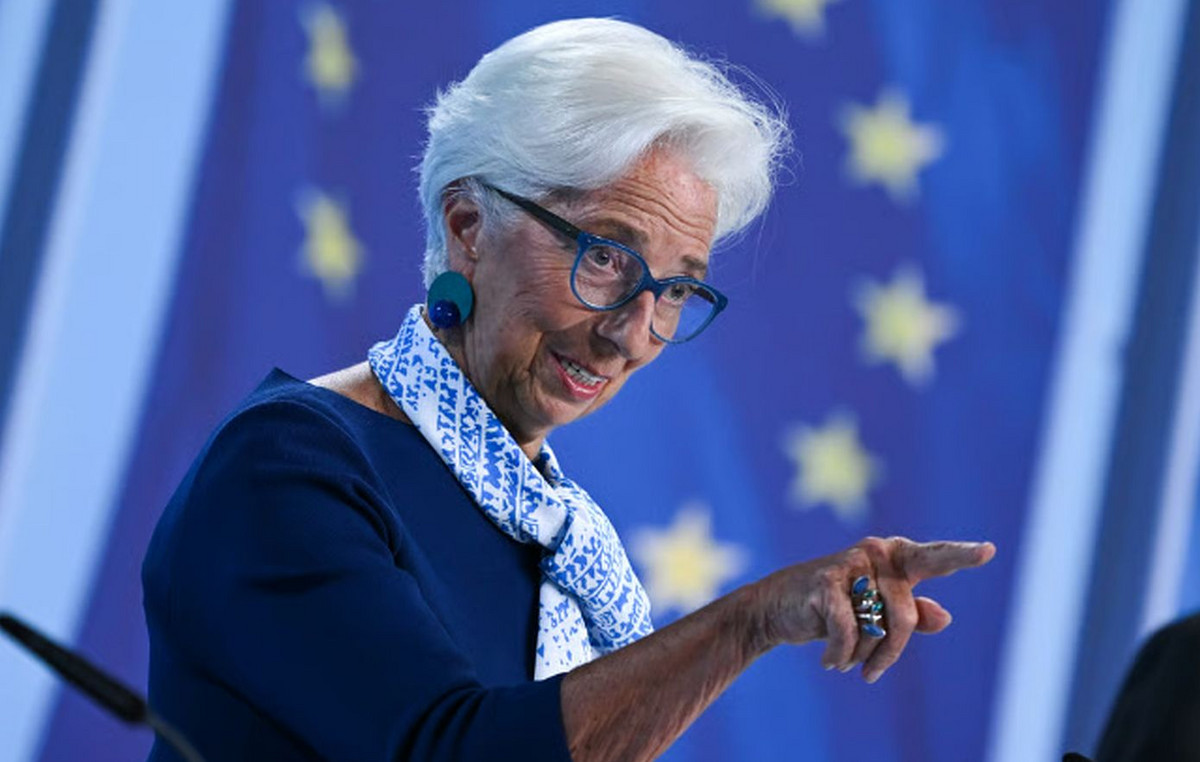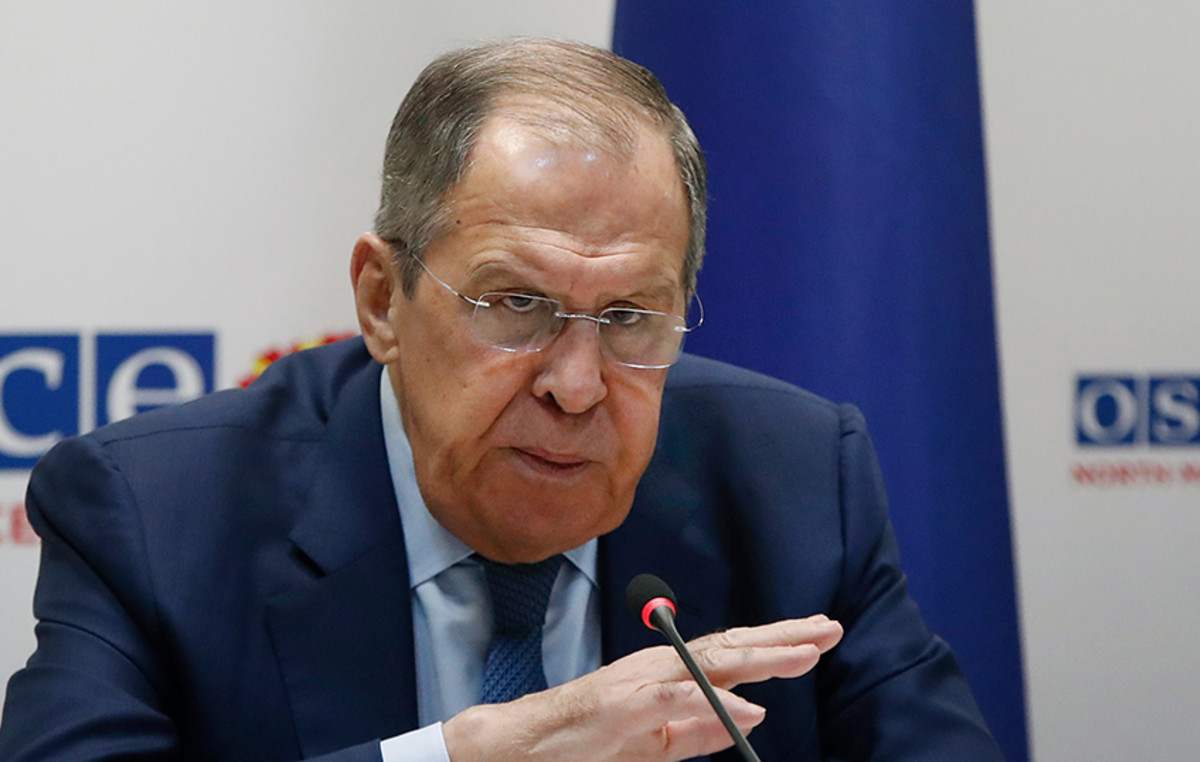- The price of WTI fell approximately 3% on Thursday due to the growing fears of an excess global supply.
- Trump commented: “I think we are very close to an agreement with Iran. Iran has accepted the terms.”
- The US EIA reported a substantial increase in oil stocks of 3.5 million barrels last week, raising inventories to 441.8 million barrels.
The price of oil West Texas Intermediate (WTI) fell approximately 3% on Thursday, extending the losses of the previous session of more than 1%. The WTI price is around $ 60.70 per barrel during negotiation hours in Europe.
The fall in crude oil prices is produced in the midst of growing concerns about an excess global supply. The feeling was even more affected by the comments of the president of the United States, Donald Trump, on Thursday, who declared: “I think we are very close to reaching an agreement with Iran. Iran has accepted the terms; we want it to succeed. We were losing the Middle East due to the previous administration.”
These comments followed Trump’s warning a day before applying “maximum pressure” on Tehran. On Wednesday, Washington imposed new sanctions aimed at the production efforts of domestic ballistic missiles of Iran, according to the US Department of the Treasury. This followed the sanctions announced on Tuesday to approximately 20 companies involved in a network that supposedly facilitates Iranian oil shipments to China.
In the diplomatic field, Iranian official Ali Shamkhani said Wednesday that Tehran is open to sign a nuclear agreement with President Trump. NBC reported that the proposal includes Iran’s commitment to never develop nuclear weapons in exchange for the immediate lifting of all US sanctions. The perspective of an agreement has raised the expectations that Iranian oil could soon re -enter global markets. Saudi Arabia also expressed a strong support for negotiations between the US and Iran, manifesting optimism for a favorable result.
Adding pressures on the offer, the US energy information administration (EIA) reported a significant increase in oil stocks of 3.5 million barrels last week, carrying total inventories to 441.8 million barrels. This far exceeded the expectations of analysts from a reduction of 1.1 million barrels, according to a reuters survey. Similarly, API data showed an increase of 4.3 million barrels in crude oil.
Meanwhile, the OPEC reviewed its prognosis for the growth of US oil supply and other producers not belonging to OPEC+ by 2025, reducing it to 800,000 barrels per day (BPD) from the previous estimate of 900,000 BPD. Despite this adjustment, the group’s current plans to increase production have continued to weigh on prices.
WTI FAQS oil
WTI oil is a type of crude oil that is sold in international markets. WTI are the acronym of West Texas Intermediate, one of the three main types that include the Brent and Dubai’s crude. The WTI is also known as “light” and “sweet” by its relatively low gravity and sulfur content, respectively. It is considered high quality oil that is easily refined. It is obtained in the United States and is distributed through the Cushing Center, considered “the crossing of the world.” It is a reference for the oil market and the price of WTI is frequently traded in the media.
Like all assets, supply and demand are the main factors that determine the price of WTI oil. As such, global growth can be a driver of the increase in demand and vice versa in the case of weak global growth. Political instability, wars and sanctions can alter the offer and have an impact on prices. OPEC decisions, a group of large oil -producing countries, is another key price factor. The value of the US dollar influences the price of WTI crude oil, since oil is mainly traded in US dollars, so a weaker dollar can make oil more affordable and vice versa.
Weekly reports on oil inventories published by the American Petroleum Institute (API) and the Energy Information Agency (EIA) influence the price of WTI oil. Changes in inventories reflect the fluctuation of supply and demand. If the data show a decrease in inventories, it can indicate an increase in demand, which would raise the price of oil. An increase in inventories may reflect an increase in supply, which makes prices lower. The API report is published every Tuesday and that of the EIA the next day. Their results are usually similar, with a 1% difference between them 75% of the time. EIA data is considered more reliable, since it is a government agency.
The OPEC (Organization of Petroleum Exporting Countries) is a group of 13 nations oil producing that collectively decide the production quotas of member countries in biannual meetings. Their decisions usually influence WTI oil prices. When OPEC decides to reduce fees, it can restrict the supply and raise oil prices. When OPEC increases production, the opposite effect occurs. The OPEC+ is an expanded group that includes another ten non -members of the OPEC, among which Russia stands out.
Source: Fx Street
I am Joshua Winder, a senior-level journalist and editor at World Stock Market. I specialize in covering news related to the stock market and economic trends. With more than 8 years of experience in this field, I have become an expert in financial reporting.







